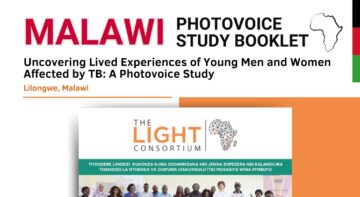
Despite the severe wealth and resource constraints, Malawi achieved a two-thirds reduction in overall child (under 5) mortality between 1990 and 2015 and is one of the few low-income countries to meet the Millennium Development Goal (MDG) in this area (Kanyuka et al, 2015). Progress has continued since then, with a further reduction from 63 deaths per 1,000 live births in 2015 to 50 per 1,000 in 2018 (UNICEF, 2019).
However, this overall success masks the fact that the decline in neonatal mortality has been slower, despite the proportion of births in medical facilities increasing (MDHS, 2017). Newborn mortality in 2018 stood at 22 per 1,000 births (UNICEF, 20019; down from 50 per 1,000 in 1990). Neonatal disorders are the second-highest source of disability-adjusted life years (DALYs) after HIV/AIDS. Malawi also has one of the highest maternal mortality rates in the world. Taken together addressing maternal and neonatal health is a high priority.
Although the underlying causes of neonatal and maternal mortality are complex and interdependent, two opportunities present a pathway to help improve the situation. These are the provision of good quality of care in health facilities offering delivery services and the improvement of the nutritional status of pregnant women.
In this report, we have assessed the costs and benefits of delivering improved emergency obstetric and newborn care (EmONC) and nutritional supplements. Our analysis shows that many of these interventions have benefit-cost ratios (BCRs) of greater than 15 and could be very good uses of resources to improve maternal and neonatal health in Malawi.
Related Publications





